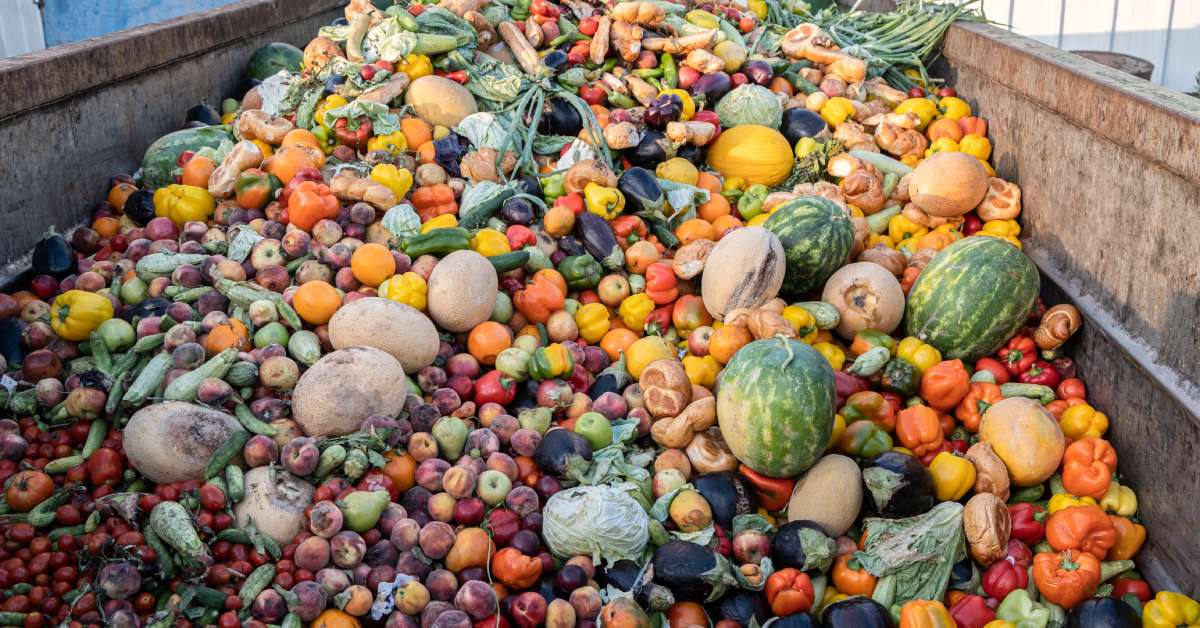13th Aug 2024
10 Ways Data Collection Can Improve Food Safety
Maintaining food safety is a central concern for every sector within the food industry. With the increasing complexity of food supply chains, the potential for contamination and other safety issues has also risen.
Data collection is one powerful tool that helps food distributors address these challenges. By systematically gathering and analyzing data, food industry professionals can enhance food safety measures. Let’s explore the top 10 ways data collection can improve food safety, offering insights for purchasing agents and inventory buyers to understand and leverage these advancements.
1. Tracing Food Products

Data collection enhances traceability and supports tracking food products from farm to table. By recording data at each stage of the supply chain, distributors can trace the origins of food items and monitor their journey through processing, packaging, and distribution.
This level of transparency helps companies in the food industry quickly identify and address issues that arise, reducing the risk of contaminated products reaching consumers. Implementing traceability systems also helps these companies maintain compliance with regulatory standards, which is crucial for food safety.
2. Monitoring Storage Conditions
Safe storage is critical for maintaining food safety. Data collection systems can monitor temperature, humidity, and other environmental factors in storage facilities.
By collecting and analyzing this data, we can keep food products under optimal storage conditions, preventing spoilage and contamination. For instance, if a refrigeration unit malfunctions, the data system can notice this and trigger an alert, allowing for immediate corrective action. This proactive approach minimizes the risk of foodborne illnesses caused by improper storage.
3. Enhancing Supplier Management
Supplier management is vital for maintaining food safety. Data collection allows food distribution companies to gather detailed information about their suppliers, including their compliance with safety standards and historical performance.
By analyzing this data, business leaders can identify reliable suppliers who consistently meet safety criteria. Additionally, data-driven insights can help these professionals assess the risk associated with different suppliers, enabling them to make informed decisions about food sourcing. Taking a data-driven approach protects consumers by ensuring only high-quality, safe food products enter the supply chain.
4. Using Predictive Analytics for Risk Management
Predictive analytics, powered by data collection, enables workers to anticipate and mitigate risks before they present serious issues. By analyzing historical data, patterns, and trends, workers can predict potential food safety hazards and take preventive measures.
For example, predictive models can identify seasonal spikes in certain contaminants or the likelihood of equipment failures. This foresight allows workers to intervene, reduce the likelihood of food safety breaches, and prevent supply chain errors.
5. Improving Quality Control Processes
Quality control is a cornerstone of food safety. Data collection enhances quality control processes by providing real-time insights into production.
Automated data collection systems can monitor control points, such as cooking temperatures or ingredient measurements. These systems help food distributors meet the safety standards of the food and beverage industry. They can also flag deviations from the norm, enabling workers to take corrective action. Continuous monitoring and adjustment support consistent product quality and safety while protecting consumers from potential foodborne hazards.
6. Complying With Regulatory Standards
Compliance with food and beverage industry standards is mandatory for all players in this sector. Data collection simplifies the process of meeting and maintaining these standards. By systematically gathering data on various aspects of production and distribution, food companies can generate detailed reports and build trust with consumers and stakeholders. Additionally, using data collection systems can facilitate audits and inspections while reinforcing food safety.
7. Reducing Food Waste

Data collection plays a crucial role in reducing food waste, which is linked to food safety. By tracking inventory levels and expiration dates, food distribution companies can manage stock and reduce the risk of products spoiling before they’re sold.
Advanced tracking improves food safety by allowing only fresh products to reach consumers. It also supports sustainability efforts by minimizing food waste. Efficient, data-driven inventory management benefits the food industry, consumers, and the environment.
8. Enhancing Consumer Trust
Data collection enhances consumer trust in food safety. By implementing data collection and analysis systems, food distribution companies can provide transparency and accountability in their operations. They can assure consumers that any food for purchase undergoes thorough monitoring and meets stringent safety standards.
Additionally, companies can share information about the origins and safety of their food with consumers through labeling or digital platforms. Transparency fosters trust and loyalty, which are essential for success.
9. Optimizing Supply Chain Efficiency
By gathering data on production schedules, inventory levels, and transportation logistics, food companies can streamline operations and reduce bottlenecks. For instance, real-time data on inventory levels encourages precise demand forecasting and helps production teams meet market needs. Improved accuracy minimizes overproduction, which can lead to spoilage and waste.
Moreover, data collection helps in identifying inefficiencies within the supply chain, such as delays in transportation or issues in production processes. By addressing these inefficiencies, food distributors can improve their operational efficiency, cost savings, and food safety.
10. Enhancing Employee Training and Performance
By collecting data on employee performance and compliance with safety protocols, food distribution companies can identify areas where they should provide additional training to employees. For example, the data can reveal trends in non-compliance or frequent errors in processes. Then, facility managers can set up training programs to address these issues. Training ensures all employees are well-versed in food safety practices, reducing the risk of contamination and safety breaches.
Furthermore, data collection enables the development of customized training modules based on employee needs. By analyzing performance data, food distributors can create personalized training plans that focus on each employee’s strengths and weaknesses. A tailored approach improves the effectiveness of corporate training and enhances employee engagement and retention.
How the Food Industry Uses Chart Recorders for Data Collection
Chart recorders play a pivotal role in the food industry by facilitating precise and reliable data collection. These devices record various environmental parameters, such as temperature, humidity, and pressure, on a paper or digital chart, offering a visual representation of data over time.
Here are two ways that chart recorders contribute to the food industry’s data collection efforts:
1. Monitoring Storage Conditions
Chart recorders are essential for observing storage conditions in warehouses, refrigeration units, and transportation vehicles. By continuously tracking temperature and humidity levels, these devices help workers keep food products within safe parameters, reducing the risk of spoilage and contamination.
2. Quality Control
Maintaining consistent quality is crucial in food production. Chart recorders monitor control points, such as cooking temperatures and cooling rates, and ensure products meet safety and quality standards. With the collected data, workers can spot and address deviations from the norm.
As the food industry continues evolving, embracing data collection is crucial for maintaining safety and sustainability. These 10 ways data collection can improve food safety provide a pathway to reduce food waste and build consumer trust.
Through circular charts and other data visualization tools, businesses in the food and beverage sector can enhance their understanding of food safety measures. Contact Recorders Charts and Pens to find reliable recording solutions that make data collection easy and efficient.

